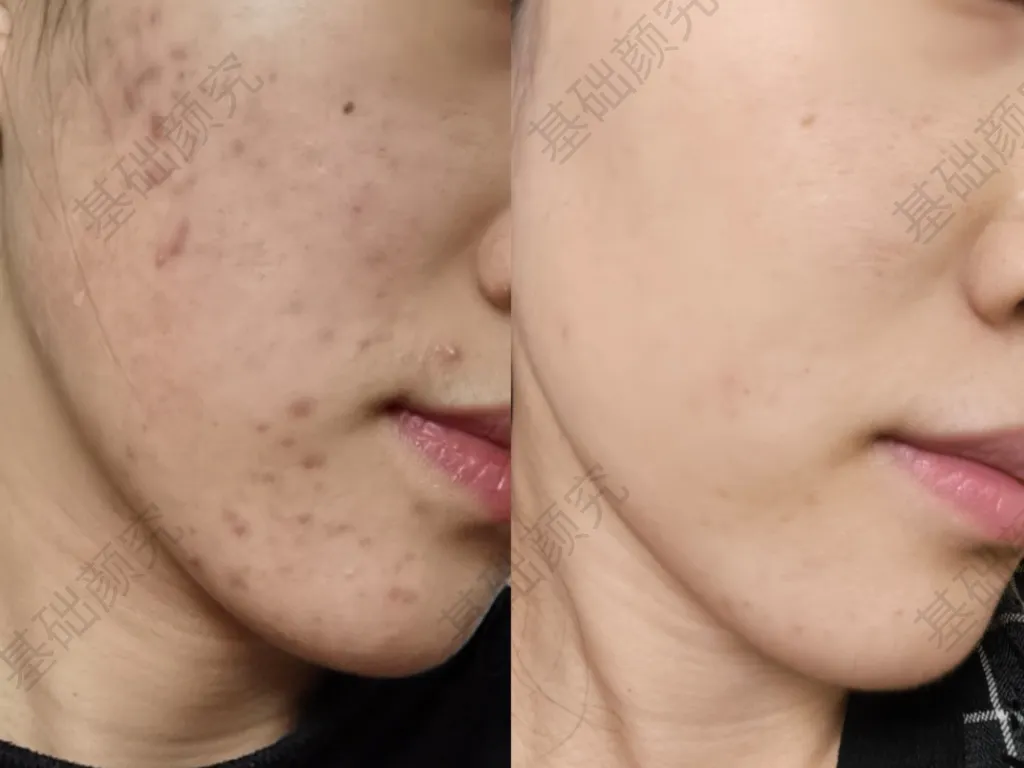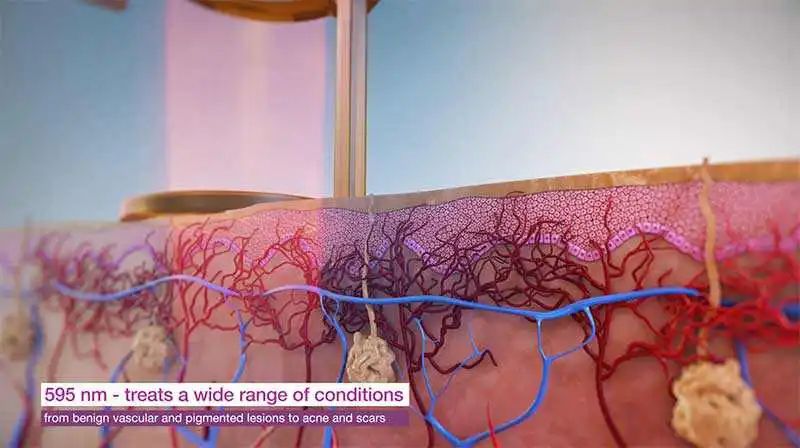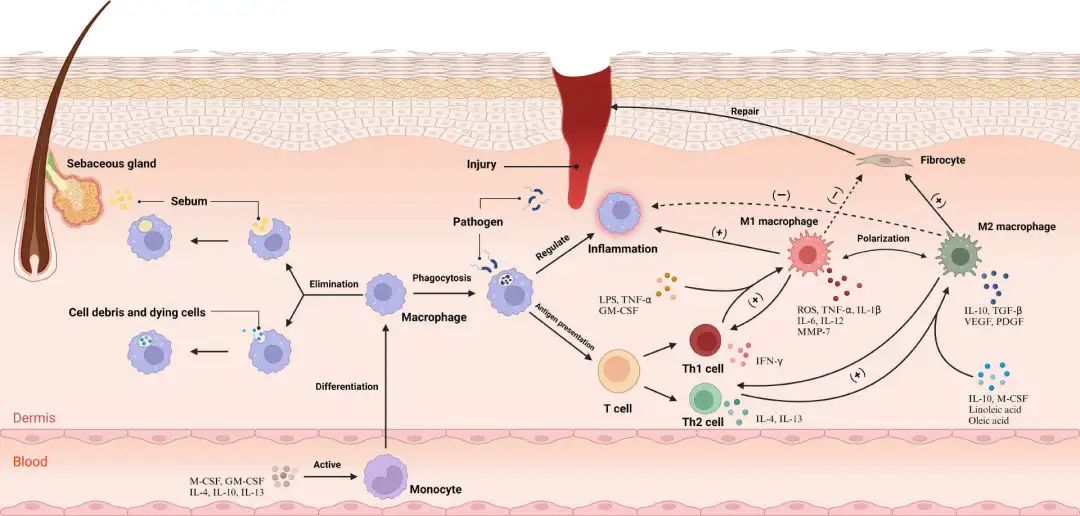The Ultimate Acne Treatment Guide: From Outbreaks to Scarring
Acne is a common skin condition affecting nearly everyone during puberty, yet severity varies widely. For some, it’s a minor annoyance; for others, painful cysts, nodules, and persistent scars. Traditional methods often fail for severe cases, but modern advancements like laser therapy and phototherapy offer faster, more effective solutions. Discover how dermatology addresses acne at every stage.
Phase 1: Active Breakouts (Papules & Pustules)
Why Early Intervention Matters
Active acne lasting over 3 weeks increases scarring risk. Prolonged inflammation damages collagen and elastin, causing permanent texture changes. Early treatment minimizes this damage.
Effective Treatments
-
- Phototherapy
-
- IPL (Intense Pulsed Light): Targets hemoglobin in inflamed vessels with wavelengths like 560-590nm, reducing redness and bacteria. 4-5 sessions improve moderate-severe acne.

- PDL (Pulsed Dye Laser): Treats stubborn erythema and swelling by heating vessels, stimulating collagen repair.
-
- Corticosteroid Injections: Rapidly flattens large cysts with triamcinolone, but overuse thins surrounding skin.
- CO2 Laser Drainage: Evaporates pus-filled cysts. Ideal for dense, recalcitrant pustules. Post-care includes saline compresses.
- Phototherapy

- PDT (Photodynamic Therapy): ALA activation followed by red light kills bacteria and shrinks sebaceous glands. Requires 7-14 days recovery with pigmentation risk.
Phase 2: Post-Inflammatory Erythema
The Challenge of Persistent Redness
After active acne subsides, dilated vessels often leave red marks. Untreated, these may progress to scars or hyperpigmentation.
Solutions
- Deep-Penetrating IPL: Longer wavelengths (e.g., 640nm) heat deeper tissue, stimulating collagen for shallow scars.
- PDL: Reduces erythema while activating TGF-β for collagen rebuilding. High-energy settings may cause temporary bruising.
- Combination Therapy: IPL + fractional non-ablative lasers (e.g., 1565nm) enhance results for erythema with early texture changes.
Phase 3: Acne Scarring
Why Timing Matters
New scars (<6 months) respond better due to active healing signals. Older scars require deeper treatments.
Scar Types & Treatments
- Boxcar Scars (Shallow, Wide Depressions):
- Non-Ablative Fractional Lasers: 1565nm RFX devices stimulate collagen with minimal downtime. 4 treatments improve texture 50-70%.
- Icepick/Rolling Scars (Deep/Wavy Texture):
-
- Ablative CO2 Fractional Laser: Micro-injuries trigger collagen remodeling. 1-2 treatments reduce depth significantly.

- Subcision: Releases fibrous bands under scars, lifting skin. Enhances laser results.
-
- Hypertrophic Scars (Raised Tissue):
- Fractional Laser + Steroid Injections: Lasers smooth scars, steroids prevent recurrence.
Cost & Recovery
- IPL/PDL: $200-$400/session. No downtime.
- CO2 Laser: $500-$1000/treatment. 7-14 days of redness/peeling.
- PDT: $300-$600/session. 3-7 days of redness/peeling.
Preventing Hyperpigmentation
Post-inflammatory hyperpigmentation (PIH) results from UV exposure and residual inflammation. Key steps:

- Daily Sunscreen: Use SPF 30+ broad-spectrum products.
- Topicals: Vitamin C, niacinamide, and retinoids fade marks.
- Chemical Peels: Glycolic or salicylic acid peels accelerate cell turnover.
Why Early Treatment Saves Time & Money
Delaying treatment worsens damage. For example:
- New Scars: 3-6 months of treatment.
- Old Scars: 1-2 years of combination therapy for partial improvement.
Modern dermatology provides tools for every acne stage. Early consultation ensures better outcomes and prevents lifelong skin issues.
References
- Piccolo, D. & Kostaki, D. (2022). Medical Frontiers Journal.
- Pan, Z. et al. (2023). Journal of Clinical Medicine.
- IPL & CO2 Laser Clinical Studies.
For personalized advice, consult a board-certified dermatologist or aesthetic clinic.
